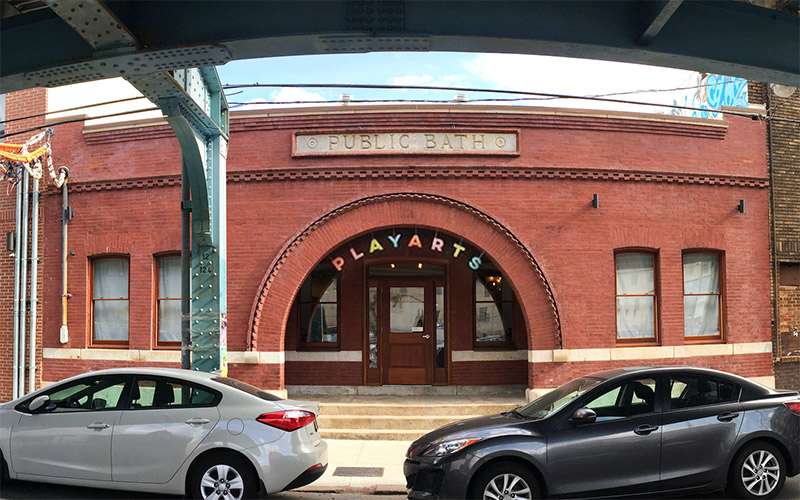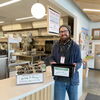
Presentation will tackle passive house historic renovation
 Courtesy / passivhausMAINE
Boston townhouses have been retrofitted by ZeroEnergy Design, maintaining historic features while providing modern energy efficiency.
Courtesy / passivhausMAINE
Boston townhouses have been retrofitted by ZeroEnergy Design, maintaining historic features while providing modern energy efficiency.
Passive house construction — super-insulated energy efficient design — is catching on in Maine, but passive house retrofit of historic buildings hasn’t.
Yet, with a surplus of historic buildings that need renovation and increased attention on reducing carbon emissions, it’s something that’s coming, Naomi Beal, executive director of passivhausMaine, said Friday.
“This is sort of the new frontier,” she told Mainebiz.
The ultra-insulated form of development has been used in a variety developments in the state over the past four years.
A conference Monday night at Mechanics Hall in Portland will focus on how it can be used in historic preservation, which has issues that new construction doesn’t.
Beal said historic renovation and passive house construction may seem like they don’t fit, with issues that range from exterior appearance, interior logistics revolving around installing ventilation and and delivery systems, preservation of original features, complexity of insulating brick exteriors and sourcing appropriate materials.
For instance, brick facades depend on the warmth from inside the building to hold it together — a problem with passive house construction, which requires thick insulation.
Maine, Beal said, has more than its share of historic buildings that can be renovated.
“It’s important to use the buildings we have, and make them livable,” she said. But, “There hasn’t yet been a passive house historic renovation in Maine.”
Architects, builders and others interested in retrofitting historic buildings to passive house standards will hear about how it’s already being done in Philadelphia and Boston.
The discussion Monday at Mechanics' Hall will feature architects John Mucciarone and Oliver Klein, both of Massachusetts, and Jeremy Avellino, of Philadelphia, all of whom have been part of passive-house historic retrofits.
Beal said she hopes Monday’s event will provide “a level of education,” that it can be done.
In Philadelphia, Avellino’s firm, Bright Common, renovated a historic brick bathhouse with a passive house retrofit.
Mucciarone will discuss a Boston townhouse that was also retrofitted, by ZeroEnergy Design, for modern living and energy efficiency, but still preserved the original architectural details.
Beal said the focus is on historic preservation, not for homeowners who may want to retrofit an older house.
'Every building needs attention'

Certified passive house construction has five requirements: thick insulation, airtight construction, thick and well-placed windows, prevention of moisture migration and a steady supply of fresh air. While it’s is often confused with LEED — Leadership in Environmental and Energy Design — it’s about energy efficiency, not LEED’s overall environmental impact focus.
Historic renovations come with certain standards — for instance, new windows have to reflect the building’s historic features. Passive house windows have to have thick insulation and be fitted with glass filled with argon or krypton to prevent heat transfer.
Beal said, despite strict requirements on both ends, passive house standards are evolving. For instance, there are now passive house windows that can be used in historic renovations.
Beal said that retrofitting a historic property to passive house standards can be expensive and complicated, but that’s true of historic renovation in general.
With the Intergovernmental Panel on Climate Change report of last October, which urged more action be taken to reverse or alleviate the effects of climate change, “We have 12 years to get things in order — every building needs attention,” she said.
Monday’s conference, she hopes, will create awareness and present options.
“It’s about what the possibilities are, and what’s being done,” she said.









0 Comments